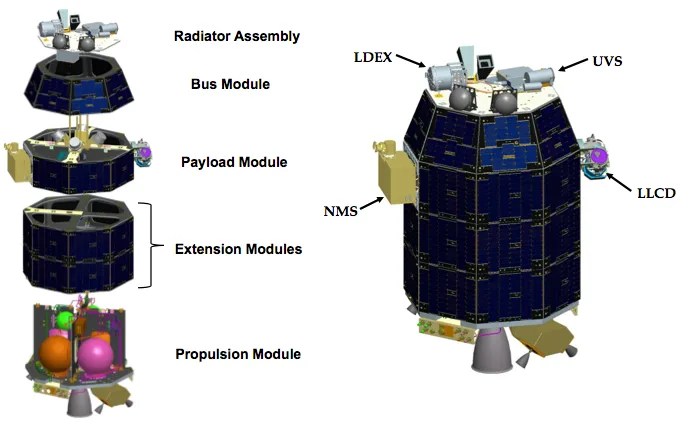LADEE
Science and Instruments
NASA's Lunar Atmosphere and Dust Environment Explorer (LADEE) was a robotic mission that orbited the Moon to gather detailed information about the lunar atmosphere, conditions near the surface, and environmental influences on lunar dust. A thorough understanding of these characteristics will address long-standing unknowns, and help scientists understand other planetary bodies as well.
LADEE had three science instruments and one technology demonstration onboard
Instruments
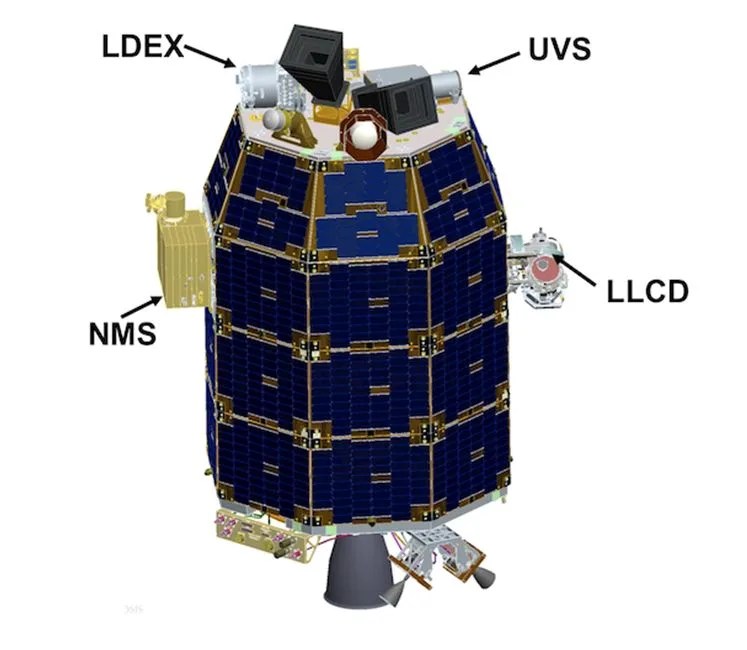
Ultraviolet and Visible Light Spectrometer (UVS)
Determined the composition of the lunar atmosphere by analyzing light signatures of materials it finds. The Principal Investigator was Anthony Colaprete, NASA’s Ames Research Center, Moffett Field, California.
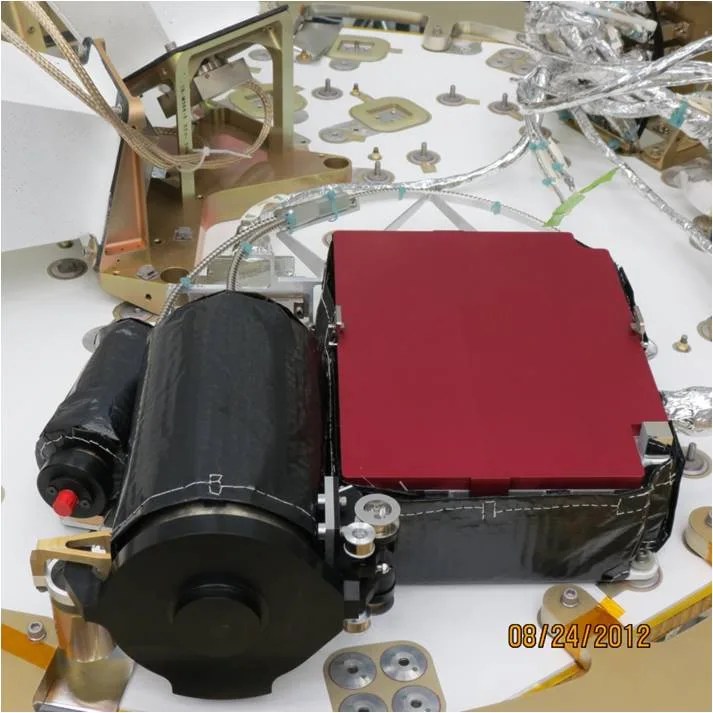
Neutral Mass Spectrometer (NMS)
Measured variations in the lunar atmosphere over multiple lunar orbits with the Moon in different space environments. The Principal Investigator was Paul Mahaffy, NASA’s Goddard Space Flight Center, Greenbelt, Maryland.
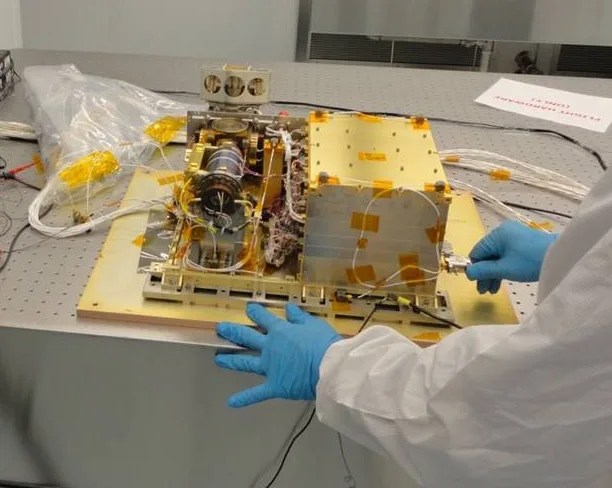
Lunar Dust Experiment (LDEX)
Collected and analyzed samples of any lunar dust particles in the tenuous atmosphere. These measurements will help scientists address a longstanding mystery: was lunar dust, electrically charged by solar ultraviolet light, responsible for the presunrise horizon glow that the Apollo astronauts saw? The Principal Investigator was Mihaly Horanyi, Laboratory for Atmospheric and Space Physics, University of Colorado at Boulder.
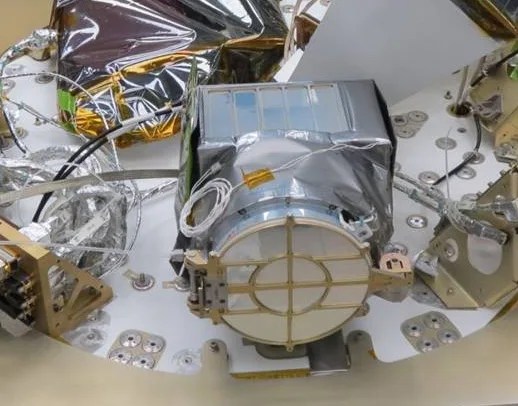
Technology Demonstration
Lunar Laser Communications Demonstration (LLCD)
Communications with spacecraft beyond close Earth orbits require spacecraft to have small, low-mass, low-power radio transmitters and giant satellite dishes on Earth to receive their messages. The LADEE spacecraft demonstrated the use of lasers instead of radio waves to achieve broadband speeds to communicate with Earth.
